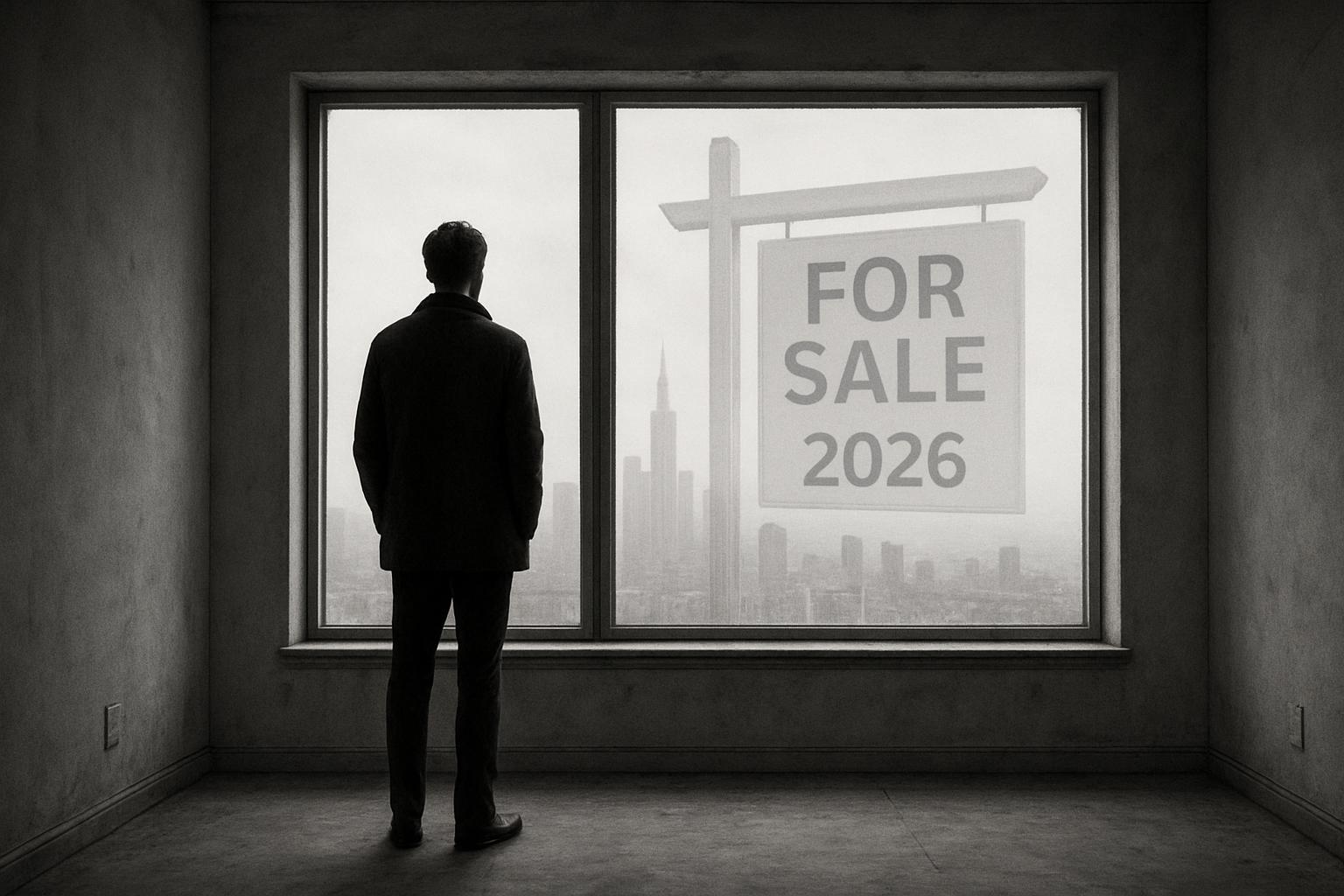After several challenging years for the UK housing market characterised by rising interest rates, increased regulation, and squeezed affordability, new research points to a forecasted rebound in house prices in 2026, offering a potential turning point for buyers, sellers, and landlords alike.
Research from LandlordBuyer anticipates national house price growth of 4–5% in 2026, following a relatively flat market in 2025. Economists predict a 5% rise in prices through to the fourth quarter of 2026, improving on slower growth estimated at 2.5% for 2025. Estate agents also foresee approximately 4% price growth next year, contributing to a cumulative 22.8% increase by the close of 2029. At present, the average UK house price is around £280,000, with projections suggesting it could surpass £300,000 by the end of 2026. Jason Harris-Cohen, Managing Director of LandlordBuyer, highlighted the significance of this rebound: “After several challenging years… the forecasted rebound in 2026 offers a welcome turning point,” noting that this period could encourage landlords who have faced tighter regulations and higher borrowing costs to consider exiting the market.
Adding further depth, a detailed report by Savills corroborates this outlook but suggests the UK housing market is already past its “peak pain.” Savills projects average growth of 17.9% over five years ending in 2028, with notable regional outperformance from the North West and Yorkshire & Humber, expecting rises of 24.3% and 23.7% respectively. The Bank of England’s anticipated interest rate cuts in the latter half of 2024 are identified as a key catalyst supporting renewed price growth from late 2024 into 2026 and beyond. Savills’ longer-term forecasts extend these growth trends through to 2029, predicting an overall 22.8% price increase nationally, with house prices potentially reaching £300,108 by the end of 2028.
Meanwhile, polling from Reuters aligns closely with these figures, estimating home prices will rise by 3.5% in 2025, higher than previous expectations, aided by the Bank of England’s predicted rate reduction to 3.75% that year. London’s housing market is expected to see a 3% increase in 2025 and 4% growth in 2026, consistent with LandlordBuyer’s predictions that London’s price growth may track the national average. This view contrasts somewhat with other forecasts such as those from Capital Economics, cited by MoneyWeek, which argues London prices could rise more rapidly—by 6.5% in the coming year—driven by falling mortgage rates, relaxed lending criteria, and limited housing supply. This represents a possible turnaround after nearly a decade of underperformance in the capital’s housing market.
Reflecting recent market momentum, data from the Office for National Statistics (ONS) showcased in a Reuters report reveals UK house prices climbed 4.9% annually to January 2025, marking the fastest growth rate in two years, with an average price of £269,000. This rise underscores a market starting to rebound ahead of the expected acceleration in 2026.
Supply-side developments also contribute to the outlook. British homebuilder Persimmon announced plans to increase home completions to around 12,000 in 2026, up from 11,000-11,500 in 2025, signalling growing housing availability amid robust demand. This could help moderate price growth over the longer term but also suggests sustained market activity.
Overall, the emerging consensus paints a cautiously optimistic picture for the UK housing market. The expected price growth in 2026 and beyond, driven by easing borrowing costs and historically low supply in key regions, might enable improved sale values and revitalise investment appetite across both the owner-occupier and landlord sectors. However, the sector also faces structural challenges, such as changing landlord dynamics and regional disparities, making the next few years a defining period for many market participants.
📌 Reference Map:
- Paragraph 1 – [1]
- Paragraph 2 – [1], [4]
- Paragraph 3 – [2]
- Paragraph 4 – [3], [5], [1]
- Paragraph 5 – [6]
- Paragraph 6 – [7]
- Paragraph 7 – [1], [2], [3], [5], [7]
Source: Noah Wire Services
